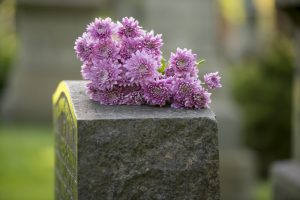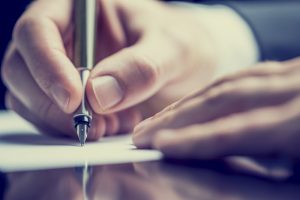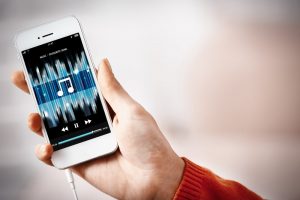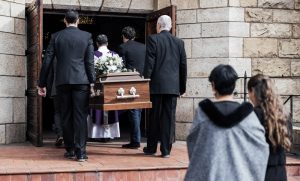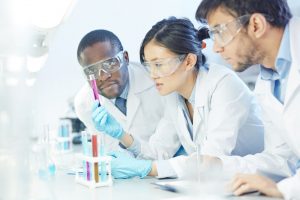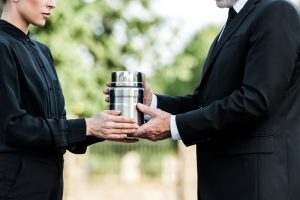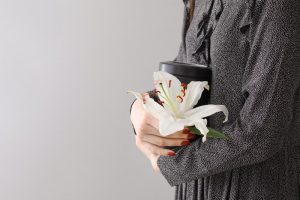
More than likely, purchasing a cemetery plot is only something you will do once or twice in your lifetime. While choosing a cemetery plot is a personal decision, it can greatly affect others who may want to visit the grave, such as next of kin, extended family, and friends. So, if you are looking to purchase a cemetery plot sometime soon, make sure you consider these 11 questions before you sign off on the official documents.
1. Does the cemetery have a good reputation in the community?
As with any purchase, you’ll want to make sure you’re dealing with good people in a reputable business. Look up reviews of the cemetery online. Talk to friends or neighbors about their experiences with local cemeteries. Check the Better Business Bureau to see if there are any complaints about the cemetery. And of course, visit the cemetery yourself and talk to the staff face-to-face. You can learn a lot from a little reconnaissance mission.
2. What types of plots does the cemetery offer?
There are many different types of plots available for purchase. For example, you could choose a single burial space, a double-depth space, a family lot, a crypt, or a mausoleum. However, some cemeteries only offer certain types of plots. Perhaps you are interested in a mausoleum niche, but the cemetery you are considering only offers single or double-depth spaces. Do a little research into which type of plot you want and then discuss the cemetery’s options.
3. Does the cemetery have any specific rules or regulations?
Before you commit to a cemetery, ask them if they have any specific rules or regulations. For example, some cemeteries don’t allow families to leave decorations at the gravesite. Or they require that all gravestones have the same appearance, such as a flat grave marker or plaque. Also, most cemeteries require the use of a grave liner or burial vault, which is good to know for budgeting purposes. Every cemetery is different, so to avoid surprises, make sure to ask.
4. Do the cemetery grounds appeal to you aesthetically?
While the way a cemetery looks isn’t ultimately important, it’s nice to know that your (or a loved one’s) final resting place is in a pleasant place. So, take stock of the cemetery. Is it well-maintained? Are the grounds manicured? Are there huge potholes or unsightly, overgrown areas? Depending on where you live, you may not have much choice in which cemetery you use. However, if the look and feel of a place matter to you, that’s valid and shouldn’t be ignored.
5. Do family and friends have easy access to the cemetery?
Another thing to consider is whether those left behind will have easy access to the gravesite. For many people, visiting the grave of a loved one is a part of the healing journey and can help them feel close to the person who has died. In both movies and real life, it’s not uncommon to see family visiting a lost loved one to share news, to introduce a new spouse or child, or simply to say hello to someone loved. But to do this, the gravesite must be easily accessible. So, as you choose a cemetery, make sure it’s easy to find, is open to visitors, and is relatively close to home.
6. Do you have any preferences for the location of your plot?
The cemetery will have plots available in different locations, and they may vary in price. For example, if you want a plot near a water feature, a pond, or a bench, it may cost a little more. Also, is the plot on elevated or depressed land? The location could matter if you live in an area where water levels rise and fall. Make your preferences known to the cemetery staff. And if you don’t like the options they have to offer, check out the next cemetery on the list.
7. Are there any additional costs to consider?
You will, of course, pay for the plot itself, but are there other fees to consider? For example, how much does the opening/closing of the grave cost? Is there a fee for ground maintenance or perpetual care of the gravesite? Is there a headstone installation fee? Sometimes fees can feel like they come out of the woodwork, so ask upfront for a list of total costs. That way, you can plan and budget correctly.
8. What types of personalization does the cemetery allow?
Some families love the clean, polished look that comes with uniformity. Seeing how organized and neat everything is feels right and good for them. For other families, there may be a greater desire to create something unique, such as a gravestone in a particular shape or color. Neither choice is right or wrong – it all boils down to preference. So, as you decide which plot to buy, consider whether personalization at the cemetery matters to you or not.
9. What are the cemetery’s responsibilities regarding the gravesite?
As you decide on which cemetery to work with, ask them what their responsibilities are toward the gravesite. How often do they maintain the lawns? Will they let you know if the headstone starts to crack or weather? Do they clean the headstones? If there’s a maintenance fee, what does that cover and for how long? It’s always good to know what’s included in any service you purchase so you know exactly what you’re getting.
10. Does the cost estimate fit into your budget?
The cost of a burial plot varies a lot, depending on where you live and what type of plot you want. For example, the same type of plot will cost more in Washington, D.C., than in Arkansas. Additionally, public cemeteries will typically cost less than private cemeteries. When you combine the plot fee with any other fees, it can add up. By asking for a cost estimate, you can determine if everything fits into your budget or if you need to adjust your plans.
11. Can you pre-purchase a cemetery plot?
In other words, can you purchase a cemetery plot before you need it? Absolutely! In fact, it’s actually a good idea to do so. Planning ahead for funeral wishes can save you money, give you time to consider all the options, and remove the burden of planning from your family’s shoulders. It’s a lot easier to make decisions when you aren’t under pressure, so a little advance planning can make purchasing a cemetery plot a smoother process for you.
Hopefully, you feel better prepared to speak with cemetery personnel about plot options, but just in case, here are a few more resources for you:

